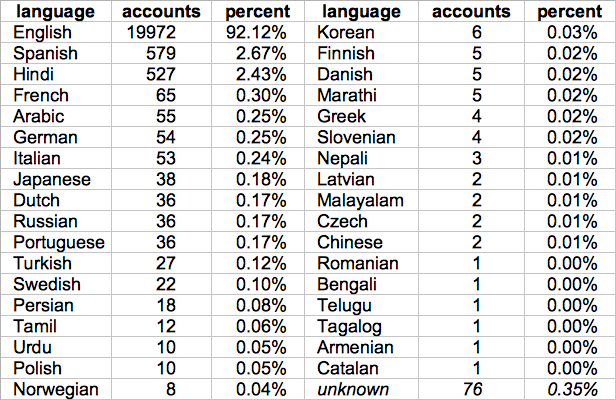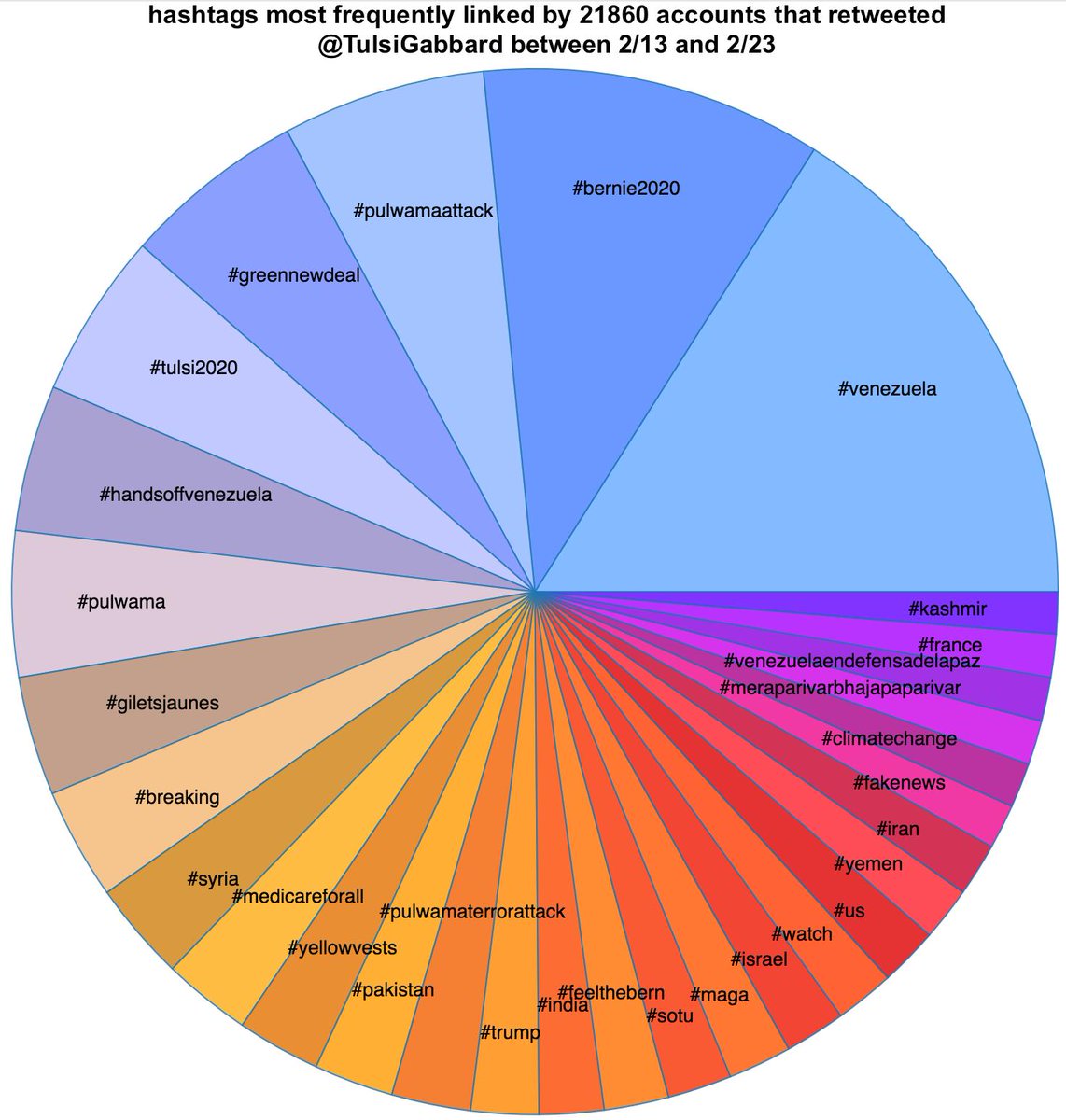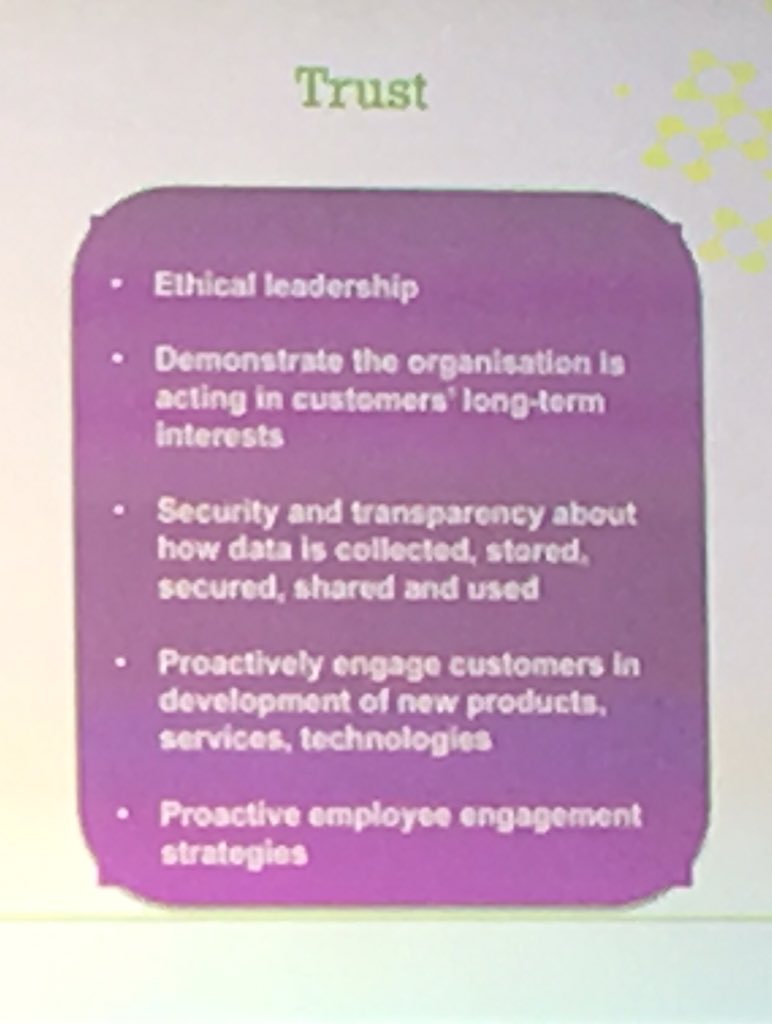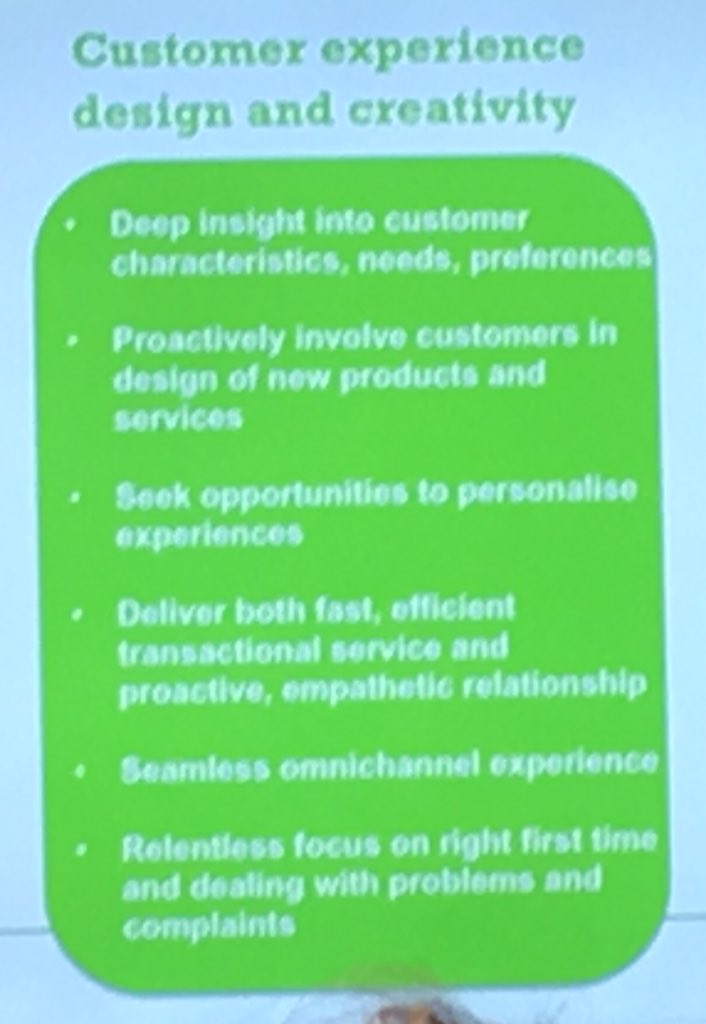Those who are blessed or cursed to talk speak about 16000 words a day.
Not all of those are consequential but we use a lot.
Is you're using email it's about 100 emails a day.
Conversation is a huge component of our lives.
We may feel confident, but even when you're confident you many not know how you can have those conversations.
However we don't think about what makes up that meaning.
Culture, visual signals, the environment we are in. All of these bring meaning to the conversation we're having.
Today machines aren't doing this, they are ignoring it.
How often do you walk away from a conversation thinking you're both on the same page until you come back a week later and realise you had completely different concepts.
The interesting thing about talking about this is we are changing the definition of conversation from happening between 2 or more humans to happening between 2 or more things.
It is a constant negotiation.
We have a tendency to think the other person is thinking.
We don't actually think much when we talk.
We are really good at conversation, we are constructing our response in milliseconds, there are few long pauses.
When we design them we need to be able to store or follow the conversation.
When we present information from a speech system we are dealing with people who need predictability.
It needs to be able to repair a conversation. "I didn't catch what you just said" is an example of repairing.
In natural conversation it happens about every 84 seconds across languages and cultures.
This is not how our speech systems are built.
We love other people.
Sometimes we can only understand things by humanizing them.
Raise your hand if you've never yelled at your computer (no hands)
We treat things as people, we put faves on toast.
Quality
Quantity
Relevance
Manner
We don't necessarily feel offended by bad interactions with apps.
This changes when we interact with a conversational tech we expect to do something for us.
Take what I've said—but this is a craft.
Make experiences that feel like we're being treated as humans.
Build things people love and want to interact with.























